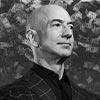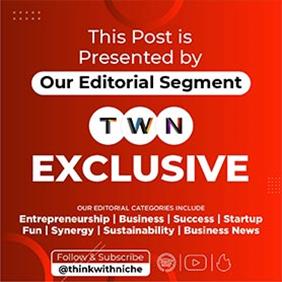Jerome Powell Says Fed Holds Off Rate Cuts Due to Tariff-Driven Inflation Risks

News Synopsis
Federal Reserve Chair Jerome Powell stated on Tuesday that higher tariffs could drive inflation upward this summer, a factor that will heavily influence the central bank’s upcoming decisions regarding potential interest rate cuts. Powell made the remarks during a hearing with members of the House Financial Services Committee, responding to questions from Republican lawmakers who asked why the Fed hasn't begun lowering rates as former President Donald Trump has demanded.
“We should start to see this over the summer, in the June number and the July number…If we don’t we are perfectly open to the idea that the pass-through (to consumers) will be less than we think, and if we do that will matter for policy,” Powell said.
Powell Cautions Against Rushing into Rate Cuts
Despite growing calls for rate cuts, Federal Reserve Chair Jerome Powell emphasized caution:
“I do not want to point to a particular meeting. I don’t think we need to be in any rush,”
He cited a strong labor market and the uncertainty surrounding the tariff situation as reasons for holding back. While some of his Fed colleagues hinted at a potential rate cut as early as July, Powell resisted making any such commitment.
“I think if it turns out that inflation pressures remain contained we will get to a place where we cut rates sooner than later,” he added.
Trump’s Tariff Policy Casts Shadow Over Fed Decisions
With the Fed largely on hold awaiting developments in President Donald Trump’s trade negotiations, Powell was repeatedly questioned about why the institution is putting so much emphasis on tariffs rather than cutting rates in light of currently modest inflation.
“We aren’t commenting on tariffs,” Powell clarified. “Our job is keeping inflation under control, and when policies have short- and medium-term, meaningful, implications, then inflation becomes our job.”
He further said:
“All professional forecasters I know of…expect a meaningful increase in inflation over the course of this year.”
Market Reaction and Future Rate Outlook
In prepared remarks, Powell noted that the impact of tariffs:
“Could be short-lived, reflecting a one-time shift in the price level. It is also possible that the inflationary effects could instead be more persistent…For the time being, we are well positioned to wait to learn more about the likely course of the economy before considering any adjustments to our policy stance.”
Following Powell’s statements, investors scaled back expectations for a rate cut in July and instead leaned toward the likelihood of reductions starting in September, with potential for another cut later in the year.
Fed’s Latest Policy and Internal Debate
During its latest meeting, Fed officials voted unanimously to keep the benchmark interest rate in the range of 4.25% to 4.5%, and gave no immediate indication of rate cuts.
Their new economic forecasts showed that the median outlook among officials includes two quarter-point rate cuts before year-end, consistent with current market sentiment.
Notably, two Fed governors—both appointed by Trump—recently said that cuts could begin as soon as July due to the delayed inflationary effects of tariffs. Meanwhile, three reserve bank presidents expressed concern that inflation could accelerate later this year.
Trump Renews Criticism of Powell Ahead of Testimony
Trump, who appointed Powell as Fed Chair, but is expected to replace him once his term concludes next spring, reiterated his push for aggressive rate cuts.
“We should be at least two to three points lower,” he wrote on social media before Powell's appearance, adding, “I hope Congress really works this very dumb, hardheaded person, over.”
Conclusion
Federal Reserve Chair Jerome Powell’s latest testimony highlights the central bank’s cautious stance on interest rate cuts amid rising concerns over tariff-induced inflation. Despite pressure from President Donald Trump and some market participants, Powell made it clear that the Fed will not rush into policy changes while economic uncertainty remains high.
He emphasized that the unresolved trade policies and their potential to push inflation higher in the coming months—especially during the summer—warrant a wait-and-watch approach. Powell’s remarks suggest that while the Fed is open to cutting rates if inflation remains subdued, it needs more clarity on the actual economic impact of tariffs before making any moves.
Market expectations have accordingly shifted, with a greater likelihood of a rate cut later in the year, possibly starting in September. The Fed’s commitment to data-driven decisions reaffirms its focus on long-term economic stability over short-term political pressures or external criticism.
You May Like









